Cover
Half Title
Title Page
Copyright Page
Contents
Preface
Acknowledgments
Authors
Introduction
1 Introduction to Machine Learning
1.1 Introduction
1.2 Preliminaries
1.2.1 Machine Learning: Where Several Disciplines Meet
1.2.2 Supervised Learning
1.2.3 Unsupervised Learning
1.2.4 Semi-Supervised Learning
1.2.5 Reinforcement Learning
1.2.6 Validation and Evaluation
1.3 Applications of Machine Learning Algorithms
1.3.1 Automatic Recognition of Handwritten Postal Codes
1.3.2 Computer-Aided Diagnosis
1.3.3 Computer Vision
1.3.3.1 Driverless Cars
1.3.3.2 Face Recognition and Security
1.3.4 Speech Recognition
1.3.5 Text Mining
1.3.5.1 Where Text and Image Data Can Be Used Together
1.4 The Present and the Future
1.4.1 Thinking Machines
1.4.2 Smart Machines
1.4.3 Deep Blue
1.4.4 IBM’s Watson
1.4.5 Google Now
1.4.6 Apple’s Siri
1.4.7 Microsoft’s Cortana
1.5 Objective of This Book
References
SECTION I: SUPERVISED LEARNING ALGORITHMS
2 Decision Trees
2.1 Introduction
2.2 Entropy
2.2.1 Example
2.2.2 Understanding the Concept of Number of Bits
2.3 Attribute Selection Measure
2.3.1 Information Gain of ID3
2.3.2 The Problem with Information Gain
2.4 Implementation in MATLAB[sup(®)]
2.4.1 Gain Ratio of C4.5
2.4.2 Implementation in MATLAB
References
3 Rule-Based Classifiers
3.1 Introduction to Rule-Based Classifiers
3.2 Sequential Covering Algorithm
3.3 Algorithm
3.4 Visualization
3.5 Ripper
3.5.1 Algorithm
3.5.2 Understanding Rule Growing Process
3.5.3 Information Gain
3.5.4 Pruning
3.5.5 Optimization
References
4 Naïve Bayesian Classification
4.1 Introduction
4.2 Example
4.3 Prior Probability
4.4 Likelihood
4.5 Laplace Estimator
4.6 Posterior Probability
4.7 MATLAB Implementation
References
5 The k-Nearest Neighbors Classifiers
5.1 Introduction
5.2 Example
5.3 k-Nearest Neighbors in MATLAB[sup(®)]
References
6 Neural Networks
6.1 Perceptron Neural Network
6.1.1 Perceptrons
6.2 MATLAB Implementation of the Perceptron Training and Testing Algorithms
6.3 Multilayer Perceptron Networks
6.4 The Backpropagation Algorithm
6.4.1 Weights Updates in Neural Networks
6.5 Neural Networks in MATLAB
References
7 Linear Discriminant Analysis
7.1 Introduction
7.2 Example
References
8 Support Vector Machine
8.1 Introduction
8.2 Definition of the Problem
8.2.1 Design of the SVM
8.2.2 The Case of Nonlinear Kernel
8.3 The SVM in MATLAB[sup(®)]
References
SECTION II: UNSUPERVISED LEARNING ALGORITHMS
9 k-Means Clustering
9.1 Introduction
9.2 Description of the Method
9.3 The k-Means Clustering Algorithm
9.4 The k-Means Clustering in MATLAB[sup(®)]
10 Gaussian Mixture Model
10.1 Introduction
10.2 Learning the Concept by Example
References
11 Hidden Markov Model
11.1 Introduction
11.2 Example
11.3 MATLAB Code
References
12 Principal Component Analysis
12.1 Introduction
12.2 Description of the Problem
12.3 The Idea behind the PCA
12.3.1 The SVD and Dimensionality Reduction
12.4 PCA Implementation
12.4.1 Number of Principal Components to Choose
12.4.2 Data Reconstruction Error
12.5 The Following MATLAB[sup(®)] Code Applies the PCA
12.6 Principal Component Methods in Weka
12.7 Example: Polymorphic Worms Detection Using PCA
12.7.1 Introduction
12.7.2 SEA, MKMP, and PCA
12.7.3 Overview and Motivation for Using String Matching
12.7.4 The KMP Algorithm
12.7.5 Proposed SEA
12.7.6 An MKMP Algorithm
12.7.6.1 Testing the Quality of the Generated Signature for Polymorphic Worm A
12.7.7 A Modified Principal Component Analysis
12.7.7.1 Our Contributions in the PCA
12.7.7.2 Testing the Quality of Generated Signature for Polymorphic Worm A
12.7.7.3 Clustering Method for Different Types of Polymorphic Worms
12.7.8 Signature Generation Algorithms Pseudo-Codes
12.7.8.1 Signature Generation Process
References
Appendix I: Transcript of Conversations with Chatbot
Appendix II: Creative Chatbot
Index
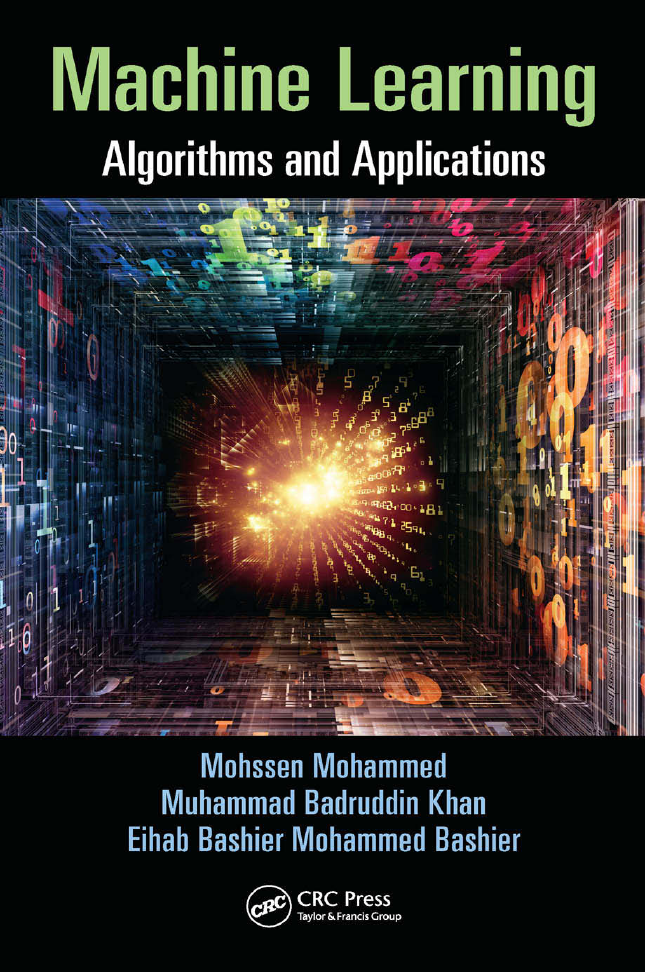
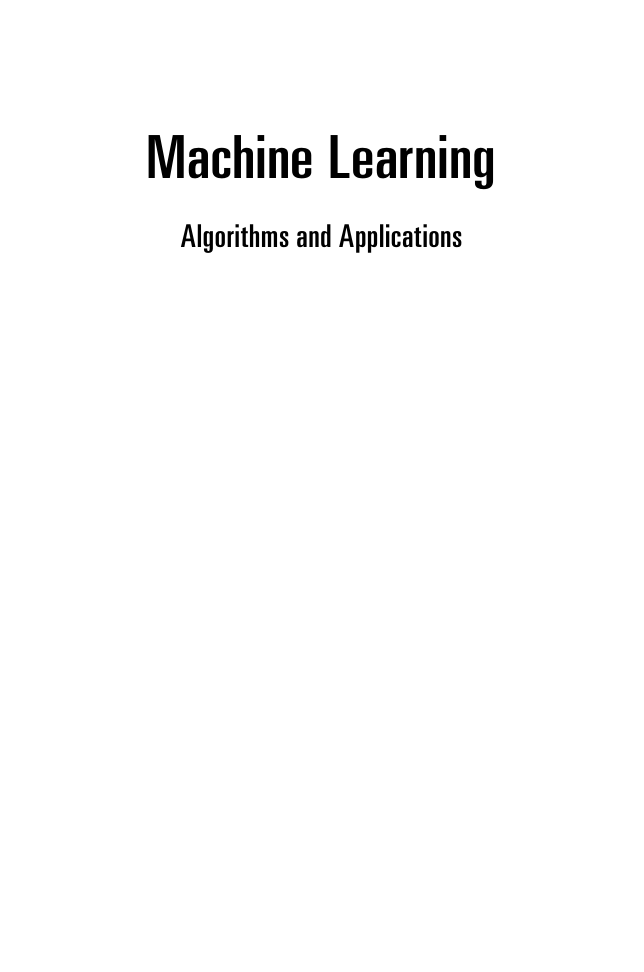
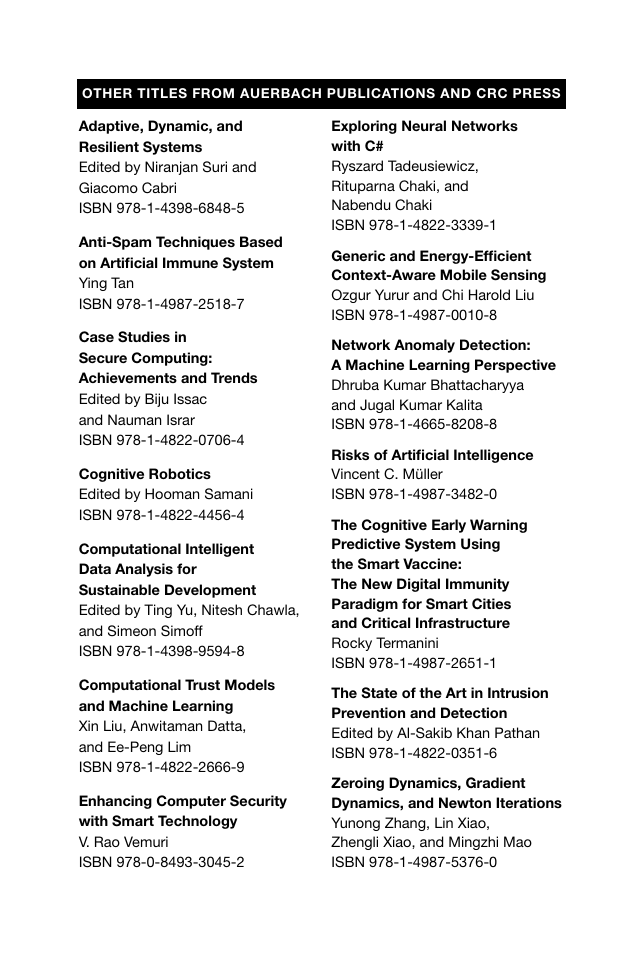
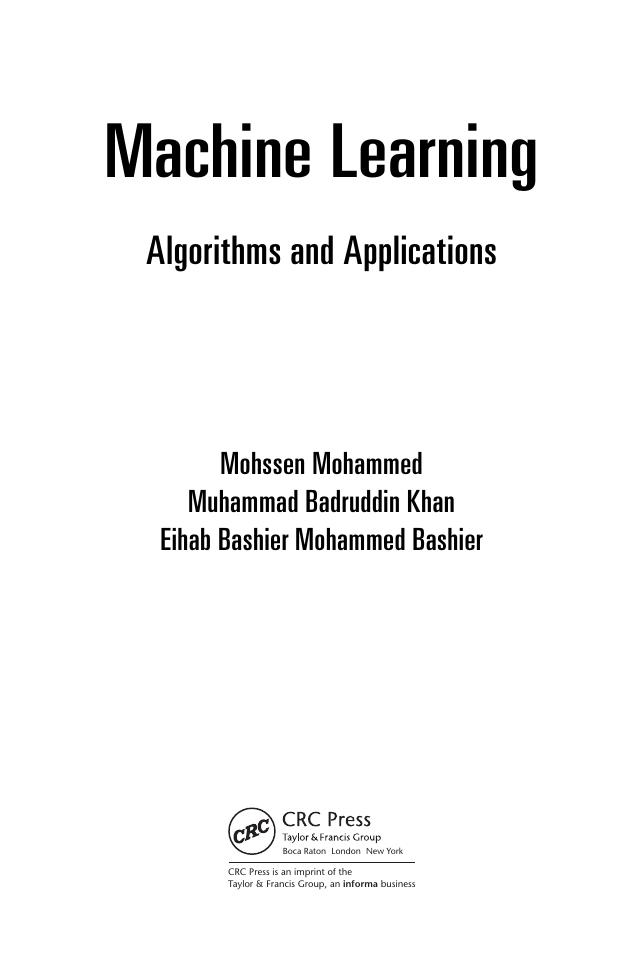



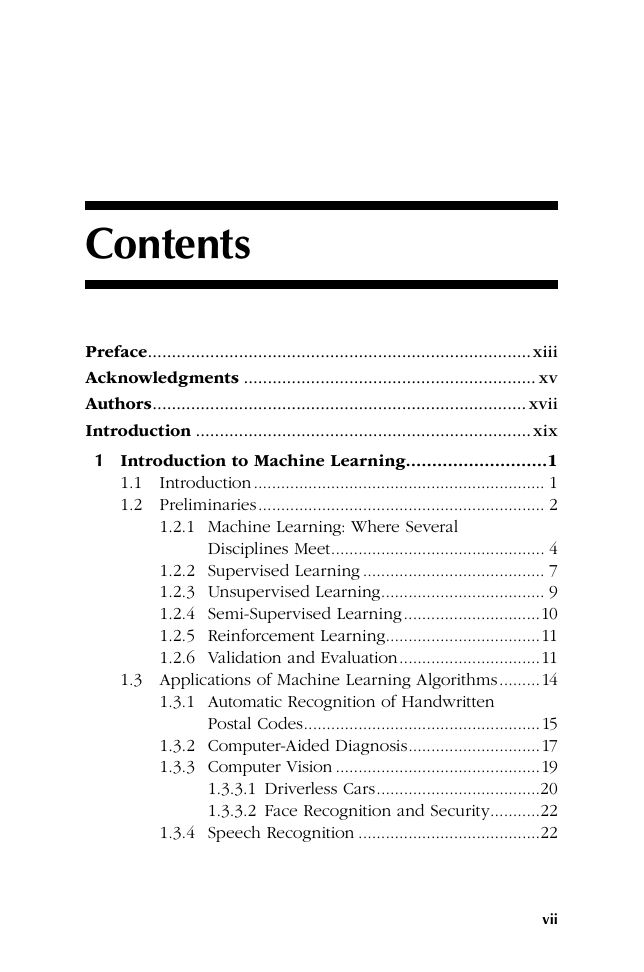








 2023年江西萍乡中考道德与法治真题及答案.doc
2023年江西萍乡中考道德与法治真题及答案.doc 2012年重庆南川中考生物真题及答案.doc
2012年重庆南川中考生物真题及答案.doc 2013年江西师范大学地理学综合及文艺理论基础考研真题.doc
2013年江西师范大学地理学综合及文艺理论基础考研真题.doc 2020年四川甘孜小升初语文真题及答案I卷.doc
2020年四川甘孜小升初语文真题及答案I卷.doc 2020年注册岩土工程师专业基础考试真题及答案.doc
2020年注册岩土工程师专业基础考试真题及答案.doc 2023-2024学年福建省厦门市九年级上学期数学月考试题及答案.doc
2023-2024学年福建省厦门市九年级上学期数学月考试题及答案.doc 2021-2022学年辽宁省沈阳市大东区九年级上学期语文期末试题及答案.doc
2021-2022学年辽宁省沈阳市大东区九年级上学期语文期末试题及答案.doc 2022-2023学年北京东城区初三第一学期物理期末试卷及答案.doc
2022-2023学年北京东城区初三第一学期物理期末试卷及答案.doc 2018上半年江西教师资格初中地理学科知识与教学能力真题及答案.doc
2018上半年江西教师资格初中地理学科知识与教学能力真题及答案.doc 2012年河北国家公务员申论考试真题及答案-省级.doc
2012年河北国家公务员申论考试真题及答案-省级.doc 2020-2021学年江苏省扬州市江都区邵樊片九年级上学期数学第一次质量检测试题及答案.doc
2020-2021学年江苏省扬州市江都区邵樊片九年级上学期数学第一次质量检测试题及答案.doc 2022下半年黑龙江教师资格证中学综合素质真题及答案.doc
2022下半年黑龙江教师资格证中学综合素质真题及答案.doc